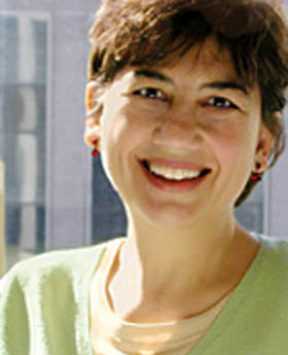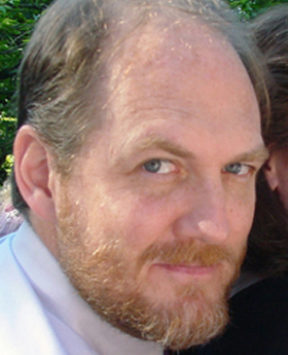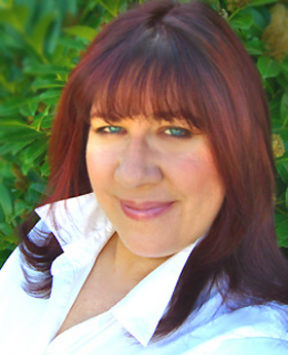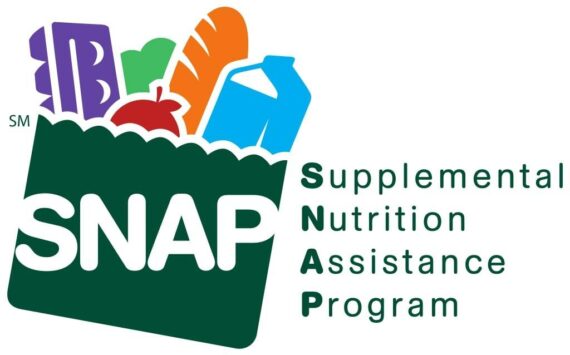The home page is the most important page on any Web site, getting more page views than any other page.
A Web site is like a house and the home page is the foyer.
Visitors first impressions will be formed here.
The home page needs to clearly communicate what the site is about and offer a few understandable paths to the rest of the site.
Marie Tahir, author of Homepage Usability: 50 Websites Deconstructed, along with co-author and Web usability guru Jakob Nielsen, knows plenty about usability.
She is currently the Director of User Experience at Intuit, the makers of business, tax and personal finance software.
Tahir has been providing usability advice for over a decade.
Before the Web, she was working on software usability, then moved on to Web applications.
She has taught user centered design and oversaw the user experience of the TurboTax, ProSeries, and QuickenLoans and SmartSuite products.
She was the Director of Strategy at the Nielsen Norman Group, where she focused on the B2B and B2C user experience.
As we continue this series on creating an excellent business Web site home page, we asked Tahir to offer her tips on Web site logos and tag lines.
Q: Your Homepage Usability book has two core parts.
In the beginning, you offer a broad range of guidelines for good homepage design. The last half of the book you deconstruct fifty major sites.
Run down your top major areas a site designer needs to think about right from the beginning?
Tahir: The fundamental goal of the homepage is to tell what the site is all about and what your company has to offer.
You have to think about your home page as your lobby or your storefront.
Whether or not you have an e-commerce site, your site still represents something and you need to make it clear on the home page what you can do there.
That sounds really simple, but I cant tell you how many times in user studies that weve seen things grind to a halt right there on the home page because people cant really figure out whats going on there or what they need to do.
Q: What specifically can we do to tell visitors what the site does?
Tahir: Put your logo in a good, clear, visible, expected place.
For languages that read left to right like English, the upper left is the most common place.
Include a good one-sentence tag line that summarizes what the site and the company is all about.
Q: The tag line is essentially a marketing slogan?
Tahir: Well, I hate to call it that because we have many examples in the book where people use their marketing slogan, but it doesnt tell anything about the site.
Ive actually played a little game called Tag Line Jeopardy when I present information about the book, where I take a bunch of the tag lines and challenge the audience to figure out what company has that tag line.
Oftentimes, as many people will guess one company as another and thats just wrong.
You need to have one answer to the question and make it clear.
Ford Motors tag line is Striving to make the world a better place.
It doesnt really say anything about cars.
Its as bland and uninformative as you can get.
Q: Quality is job one was another they had for years.
It doesnt explain much, either.
Tahir: Yeah. When I think of marketing slogans, I think of something generic.
If you can just simply say what the company does with a good, straightforward tag line, it works and you see people say instantly Oh, I know what youre about.
Q: Do you see a company having to create two different branding tag lines?
Tahir: Possibly. They may have a well-established branding tag line that they could tie in in some way.
But they cant just automatically take it, put it on the Web and expect everyone to know it.
It depends on how well known the company is, but these were well-known businesses I used in Tag Line Jeopardy and still people couldnt figure it out.
Dell Computers tag line is Youve got a friend in the business.
A really good thing you can do in your tag line is include how you are differentiated from the competition.
In a way, maybe Dell is hitting on something key.
If the whole differentiating factor about them is theyre friendly, they could say that in a more direct way.
But a friend in the business could mean just about anything.
Q: On the home page of Travelocity.com they have Dream. Plan. Go. What is that?!
Tahir: Exactly! What does that mean! One of the best things a design team can do is invest in human smarts and get a good editor.
Writing is a skill. A lot of the mistakes we list throughout the book are because people did some kind of automated feed of content onto their site and they never really looked at it or optimized it for online.
The money that you can make by getting people to the right place on your site is worth so much more than the investment you make in a good editor or writer.
This is part 2 of a series on homepage usability, which will continue in the Friday Tacoma Daily Index. Future columns will cover design guidelines, convention usage, screen real estate, search facilities, graphics and animation, advertising, news, customization, and customer feedback. The full audio interview with Marie Tahir is available for listening anytime at webtalkguys.com.
Dana Greenlee is a Web designer and co-host of the WebTalkGuys Radio Show, a Tacoma-based talk show featuring technology news and interviews. WebTalkGuys was just named the top Hidden Gem in PCWorld Magazines August 2002 issue. It is broadcast locally on KLAY 1180 AM Saturdays at 11 a.m. The show is also on CNET Radio in San Francisco, on the web at www.CNETRadio.com, www.WebTalkGuys.com, via the XM Satellite Network , on IM Networks Sonic Box and on the Mobil Broadcast Network. Past shows and interviews are also Webcast via the Internet at www.webtalkguys.com.






